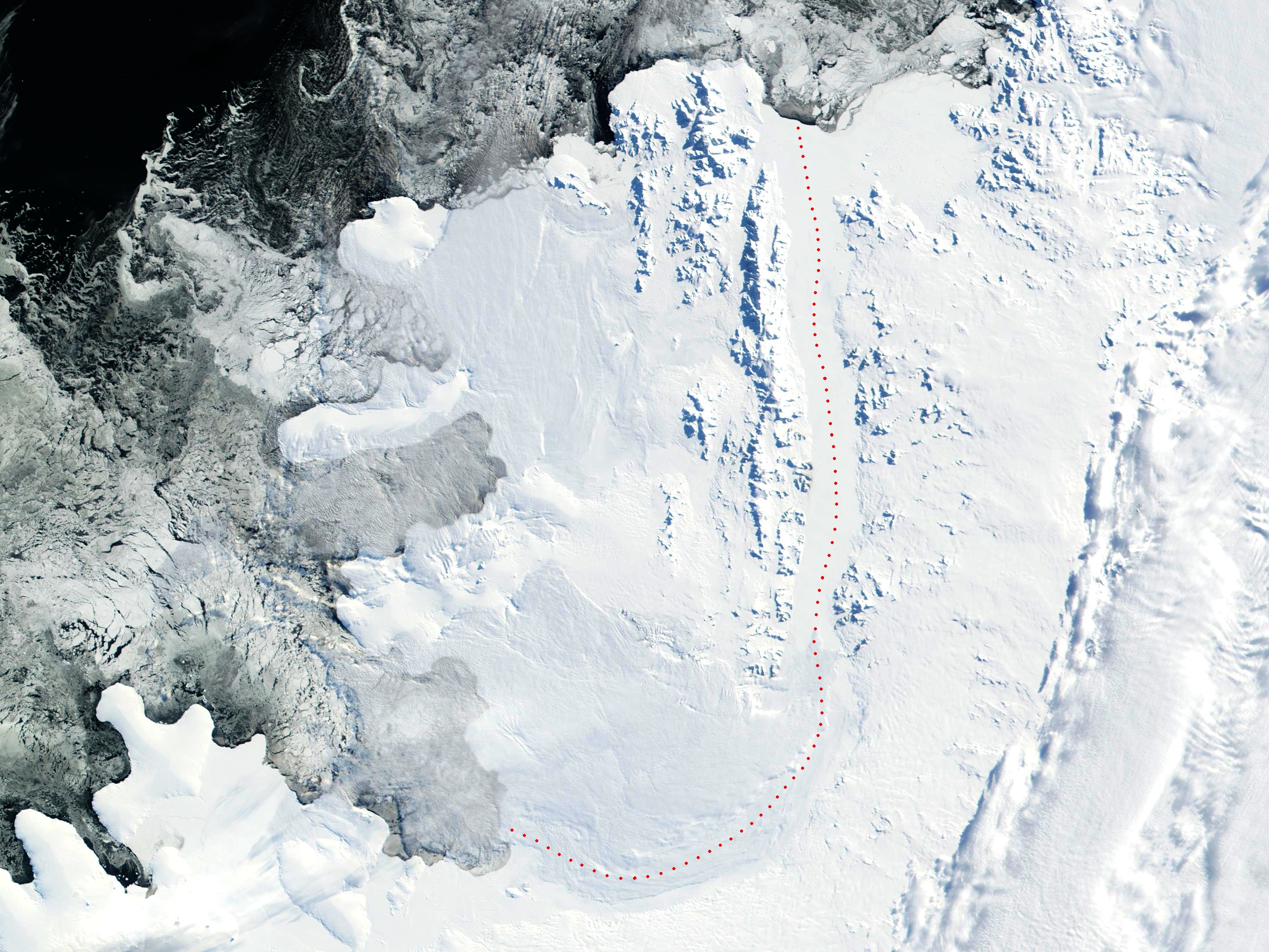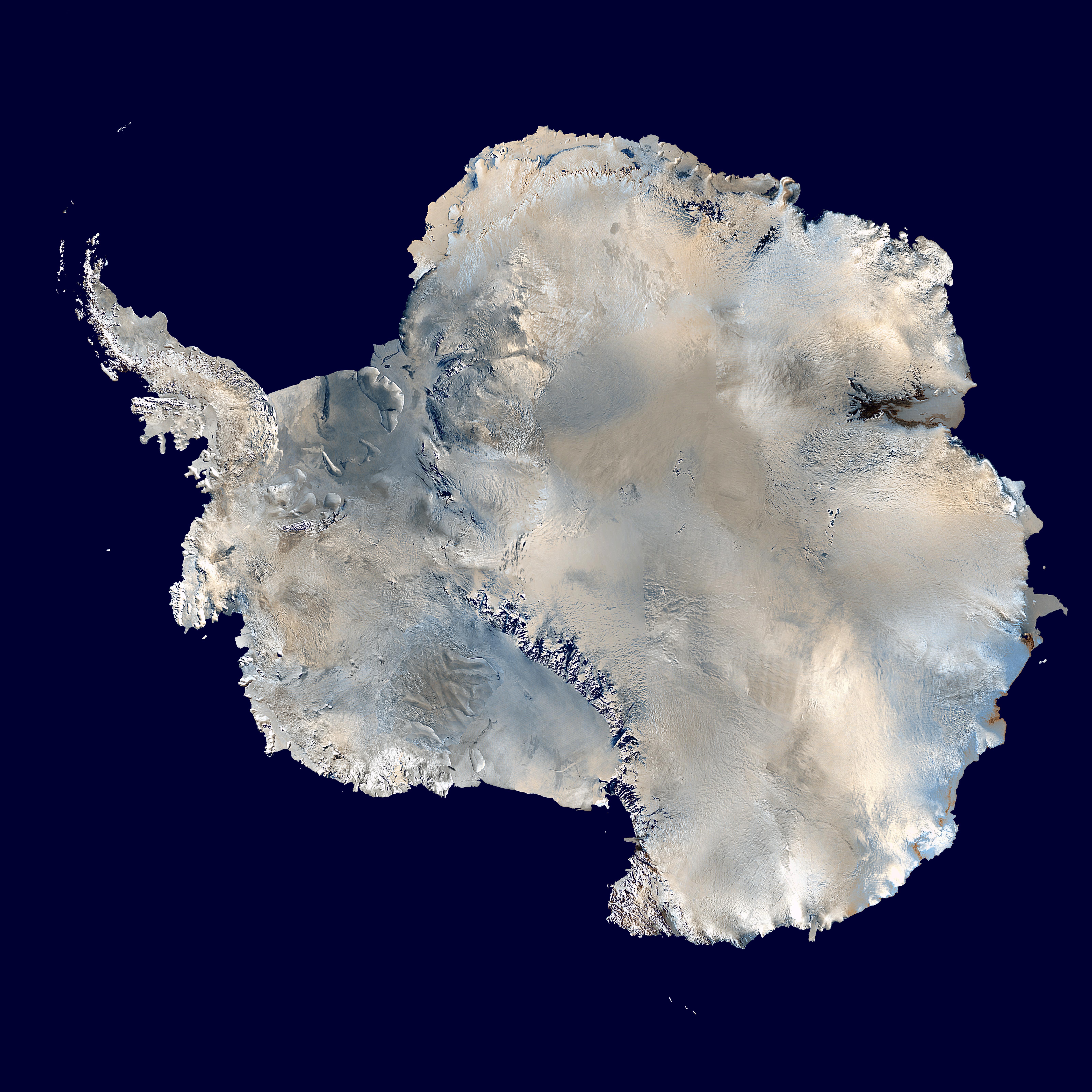|
Mount Newman
Mount Newman () is a mountain rising to about 1,150 m in northeast Havre Mountains, north Alexander Island, Antarctica. Situated 13.23 km south of Satovcha Peak, 13.15 km north-northwest of Breze Peak, 8.26 km northeast of Mount Pontida and 7.34 km east-northeast of Igralishte Peak. The mountain was first surveyed by the British Antarctic Survey (BAS), 1975–76. Named by United Kingdom Antarctic Place-Names Committee (UK-APC) in 1980 after John Newman, BAS Diesel mechanic, Adelaide, 1968–69; Stonington Island, 1969–70 and 1972–74; who was instrumental in modifying BAS motor sledges, first used successfully as replacements for dog teams on this survey. See also * Mount McArthur * Mount Nicholas * Mount Sanderson Mount Sanderson () is a mountain rising to about 2,300 m in south Rouen Mountains, situated in the northern portion of Alexander Island, Antarctica. It is situated 22.5 km east of Breze Peak in Havre Mountains. The mountain was f ... [...More Info...] [...Related Items...] OR: [Wikipedia] [Google] [Baidu] |
Mountain
A mountain is an elevated portion of the Earth's crust, generally with steep sides that show significant exposed bedrock. Although definitions vary, a mountain may differ from a plateau in having a limited summit area, and is usually higher than a hill, typically rising at least 300 metres (1,000 feet) above the surrounding land. A few mountains are isolated summits, but most occur in mountain ranges. Mountains are formed through tectonic forces, erosion, or volcanism, which act on time scales of up to tens of millions of years. Once mountain building ceases, mountains are slowly leveled through the action of weathering, through slumping and other forms of mass wasting, as well as through erosion by rivers and glaciers. High elevations on mountains produce colder climates than at sea level at similar latitude. These colder climates strongly affect the ecosystems of mountains: different elevations have different plants and animals. Because of the less hospitable ... [...More Info...] [...Related Items...] OR: [Wikipedia] [Google] [Baidu] |
Havre Mountains
The Havre Mountains () are a large group of mountains forming the northwestern extremity of Alexander Island, Antarctica, extending in an east–west direction between Cape Vostok and the Russian Gap. They were first seen in 1821 by a Russian expedition under Fabian Gottlieb von Bellingshausen and re-sighted by the Belgian Antarctic Expedition, 1897–99. They were roughly charted by the French Antarctic Expedition, 1908–10, under Jean-Baptiste Charcot, who named them for Le Havre, the French port from which the '' Pourquol Pas?'' sailed in 1908. The mountains were mapped in detail from air photos taken by the Ronne Antarctic Research Expedition, 1947–48, by D. Searle of the Falkland Islands Dependencies Survey in 1960. See also * Lassus Mountains The Lassus Mountains () are a large group of mountains, long and wide, rising to and extending south from Palestrina Glacier in the northwest part of Alexander Island, Antarctica. They overlook Lazarev Bay and a few minor is ... [...More Info...] [...Related Items...] OR: [Wikipedia] [Google] [Baidu] |
Alexander Island
Alexander Island, which is also known as Alexander I Island, Alexander I Land, Alexander Land, Alexander I Archipelago, and Zemlja Alexandra I, is the largest island of Antarctica. It lies in the Bellingshausen Sea west of Palmer Land, Antarctic Peninsula from which it is separated by Marguerite Bay and George VI Sound. The George VI Ice Shelf entirely fills George VI Sound and connects Alexander Island to Palmer Land. The island partly surrounds Wilkins Sound, which lies to its west.Stewart, J. (2011) ''Antarctic An Encyclopedia'' McFarland & Company Inc, New York. 1776 pp. . Alexander Island is about long in a north–south direction, wide in the north, and wide in the south. Alexander Island is the second-largest uninhabited island in the world, after Devon Island. History Alexander Island was discovered on January 28, 1821, by a Russian expedition under Fabian Gottlieb von Bellingshausen, who named it Alexander I Land for the reigning Tsar Alexander I of Russia. ... [...More Info...] [...Related Items...] OR: [Wikipedia] [Google] [Baidu] |
Antarctica
Antarctica () is Earth's southernmost and least-populated continent. Situated almost entirely south of the Antarctic Circle and surrounded by the Southern Ocean, it contains the geographic South Pole. Antarctica is the fifth-largest continent, being about 40% larger than Europe, and has an area of . Most of Antarctica is covered by the Antarctic ice sheet, with an average thickness of . Antarctica is, on average, the coldest, driest, and windiest of the continents, and it has the highest average elevation. It is mainly a polar desert, with annual precipitation of over along the coast and far less inland. About 70% of the world's freshwater reserves are frozen in Antarctica, which, if melted, would raise global sea levels by almost . Antarctica holds the record for the lowest measured temperature on Earth, . The coastal regions can reach temperatures over in summer. Native species of animals include mites, nematodes, penguins, seals and tardigrades. Where ve ... [...More Info...] [...Related Items...] OR: [Wikipedia] [Google] [Baidu] |
Satovcha Peak
Satovcha Peak ( bg, връх Сатовча, vrah Satovcha, ) is the mostly ice-covered peak rising to 1587 mReference Elevation Model of Antarctica. Polar Geospatial Center. University of Minnesota, 2019 in , northern in . It surmounts |
Breze Peak
Breze Peak ( bg, връх Брезе, vrah Breze, ) is the mostly ice-covered peak rising to 1634 mReference Elevation Model of Antarctica. Polar Geospatial Center. University of Minnesota, 2019 in eastern Havre Mountains, northern Alexander Island in . It surmounts to the northeast and |
Mount Pontida
Mount Pontida ( bg, връх Понтида, vrah Pontida, ) is the ice-covered mountain rising to 1965 mReference Elevation Model of Antarctica. Polar Geospatial Center. University of Minnesota, 2019 in , northern in . It surmounts to the no ... [...More Info...] [...Related Items...] OR: [Wikipedia] [Google] [Baidu] |
Igralishte Peak
Igralishte Peak ( bg, връх Игралище, vrah Igralishte, ) is the ice-covered peak rising to 1690 mReference Elevation Model of Antarctica. Polar Geospatial Center. University of Minnesota, 2019 in , northern in . It surmounts to the ... [...More Info...] [...Related Items...] OR: [Wikipedia] [Google] [Baidu] |
British Antarctic Survey
The British Antarctic Survey (BAS) is the United Kingdom's national polar research institute. It has a dual purpose, to conduct polar science, enabling better understanding of global issues, and to provide an active presence in the Antarctic on behalf of the UK. It is part of the Natural Environment Research Council (NERC). With over 400 staff, BAS takes an active role in Antarctic affairs, operating five research stations, one ship and five aircraft in both polar regions, as well as addressing key global and regional issues. This involves joint research projects with over 40 UK universities and more than 120 national and international collaborations. Having taken shape from activities during World War II, it was known as the Falkland Islands Dependencies Survey until 1962. History Operation Tabarin was a small British expedition in 1943 to establish permanently occupied bases in the Antarctic. It was a joint undertaking by the British Admiralty, Admiralty and the Secretary of ... [...More Info...] [...Related Items...] OR: [Wikipedia] [Google] [Baidu] |
United Kingdom Antarctic Place-Names Committee
The UK Antarctic Place-Names Committee (or UK-APC) is a United Kingdom government committee, part of the Foreign and Commonwealth Office, responsible for recommending names of geographical locations within the British Antarctic Territory (BAT) and the South Georgia and the South Sandwich Islands (SGSSI). Such names are formally approved by the Commissioners of the BAT and SGSSI respectively, and published in the BAT Gazetteer and the SGSSI Gazetteer maintained by the Committee. The BAT names are also published in the international Composite Gazetteer of Antarctica maintained by SCAR. The Committee may also consider proposals for new place names for geographical features in areas of Antarctica outside BAT and SGSSI, which are referred to other Antarctic place-naming authorities, or decided by the Committee itself if situated in the unclaimed sector of Antarctica. Names attributed by the committee * Anvil Crag, named for descriptive features *Anckorn Nunataks, named after J. F. A ... [...More Info...] [...Related Items...] OR: [Wikipedia] [Google] [Baidu] |
Stonington Island
Stonington Island is a rocky island lying northeast of Neny Island in the eastern part of Marguerite Bay off the west coast of Graham Land, Antarctica. It is long from north-west to south-east and wide, yielding an area of . It was formerly connected by a drifted snow slope to Northeast Glacier on the mainland. Highest elevation is ''Anemometer Hill'' which rises to . History Stonington Island was chosen as the site for the East Base of the United States Antarctic Service (USAS) Expedition (1939–41). It was named after Stonington, Connecticut, home port of the sloop ''Hero'' in which Captain Nathaniel Palmer sighted the Antarctic continent in 1820. Station E The island was also home to the British Antarctic Survey (BAS) Station E and the Ronne Antarctic Research Expedition, and was the base of operations for many historic Antarctic Peninsula surveying missions in the 1940s. Station E was occupied until 23 February 1975 and the main building was known as Trepassey House, ... [...More Info...] [...Related Items...] OR: [Wikipedia] [Google] [Baidu] |



.jpg)
